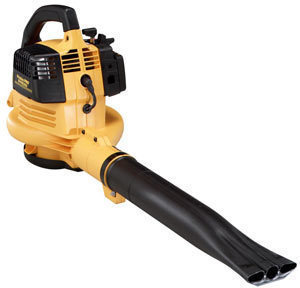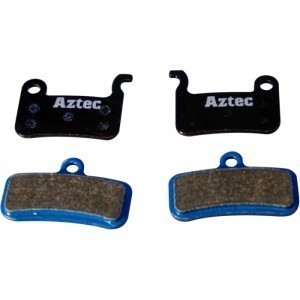Cigarette Filter Dimensions
The cigarette filter is one of the most important  parts of a cigarette. Its primary purpose is to reduce the amount of fine particles, tar and smoke that smokers inhale while the cigarette is undergoing the process of combustion. Additionally, it also minimizes the harsh effects of smoke. The primary material used to produce filter this kind of filter is cellulose, which is derived from wood. Aside from these things, it is also quite interesting to find out the cigarette filter dimensions.
parts of a cigarette. Its primary purpose is to reduce the amount of fine particles, tar and smoke that smokers inhale while the cigarette is undergoing the process of combustion. Additionally, it also minimizes the harsh effects of smoke. The primary material used to produce filter this kind of filter is cellulose, which is derived from wood. Aside from these things, it is also quite interesting to find out the cigarette filter dimensions.
The Dimensions of a Cigarette Filter
In terms of dimensions, the average length of a cigarette filter is approximately 3 centimeters. When it comes to diameter, it usually has the same value as the entire cigarette, which is approximately 0.8 centimeter. Some variants may be slightly bigger or a bit smaller than these measurements. Crepe paper was originally used as raw material for making filters.
Additional Facts and Other Interesting Details
The patent for the process of using crepe paper to make a cigarette filter was granted to a Hungarian inventor named Boris Aivaz some time in 1925. He discovered it while performing experiments as he worked at an industrial plant owned by the outsourcing business Bunzl plc. In 1927, he created the very first filter with the aid of the Filtronic subsidiary under Bunzl. However, the lack of machinery led to its low uptake.
In 1935, the production of cigarettes with tipped filter progressed, thanks mainly to the machine that was developed by a British company during that time. Until 1954, filters were regarded as specialty items. When more machines were developed, the use of these filters widely proliferated in various regions. During that time, various criticisms were thrown at the use of cigarettes due to the speculative claims made by researchers and doctors that linked smoking with lung diseases.
Today, a majority o filters is produced from cellulose acetate. The leading tobacco producer British American Tobacco claims that the time necessary for filters to degrade ranges from 10 months to 15 years. This is the main reason why they contribute significantly to major problems like environmental damage and littering. Based on the reports taken from the International Coastal Cleanup in 2006, 27.4 percent of the overall garbage collected was comprised of cigarette butts and cigarettes.
In the case of light cigarettes, the filters have tiny holes, the purpose of which is to dilute the smoke for lesser inhalation of nicotine and tar. During the early parts of the 1950s, the filters used in Kent cigarettes contained crocidolite asbestos. Although it is insoluble and heatproof, certain studies show that it can cause cancer to the lungs when inhaled.





